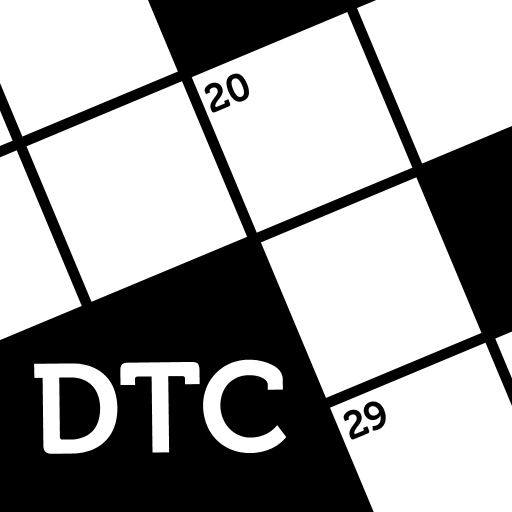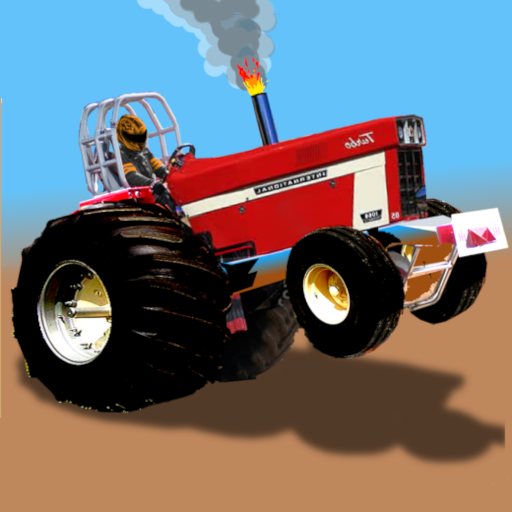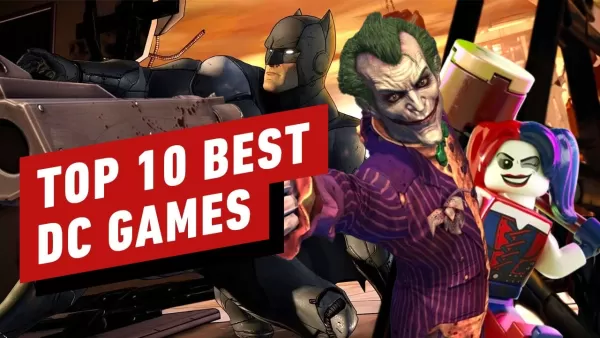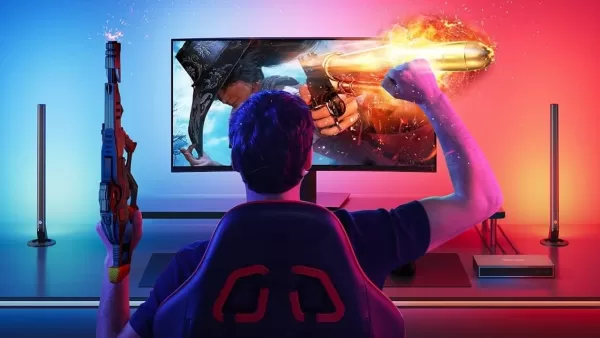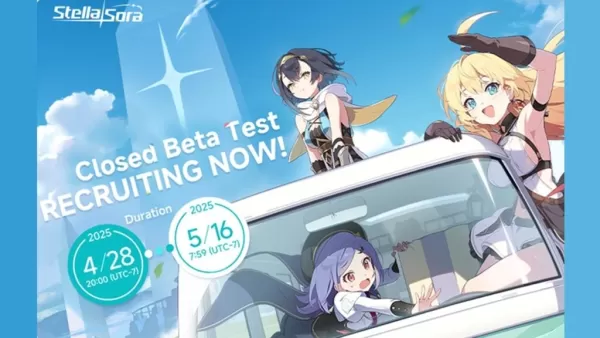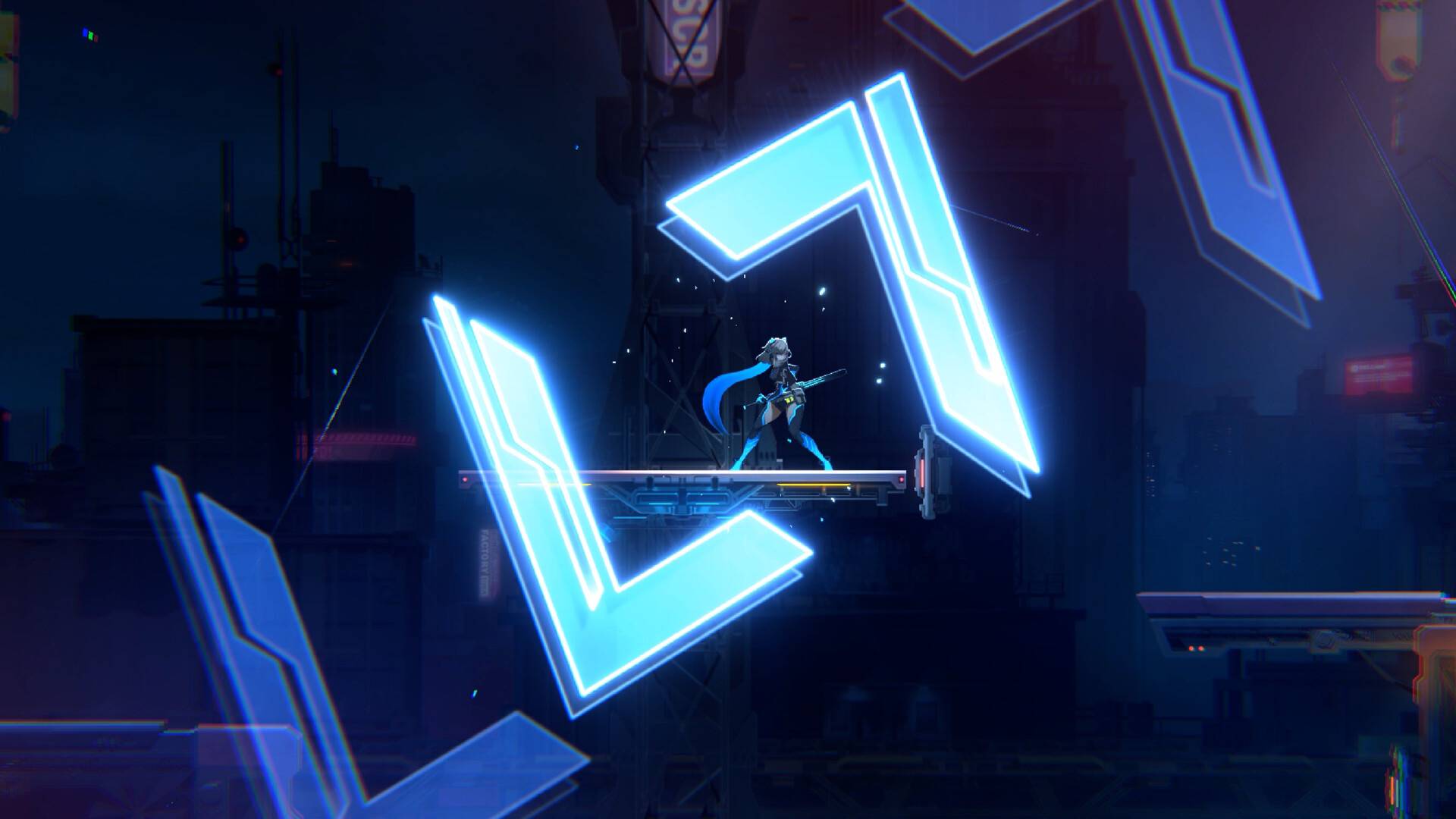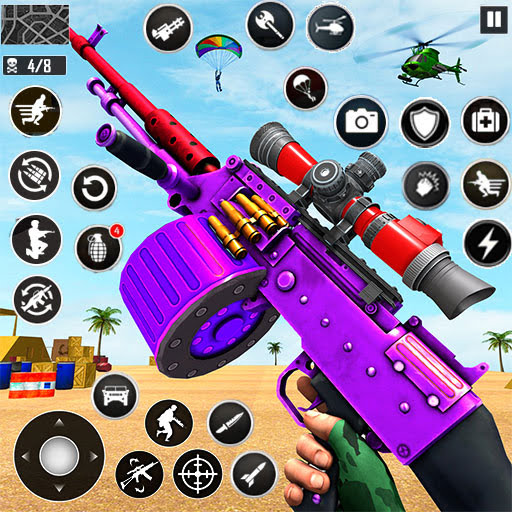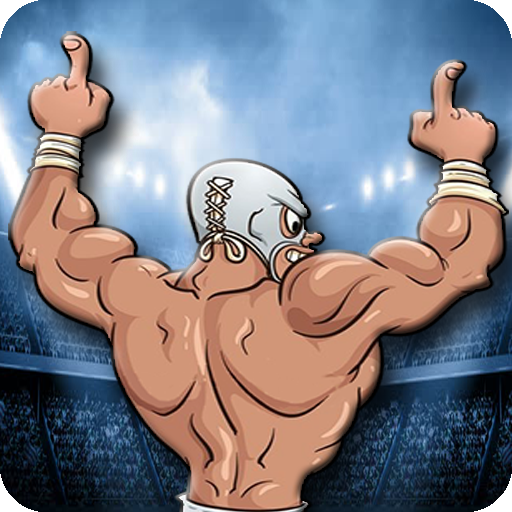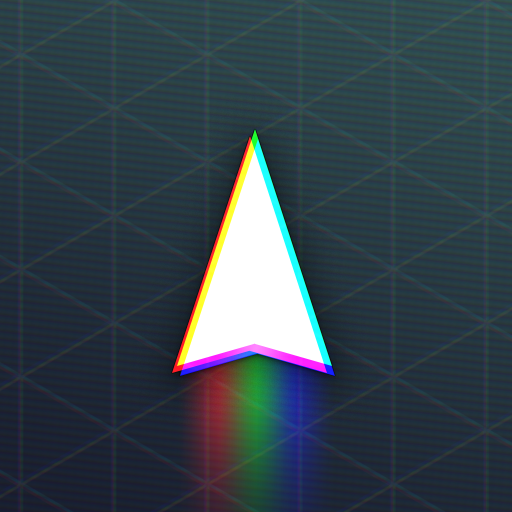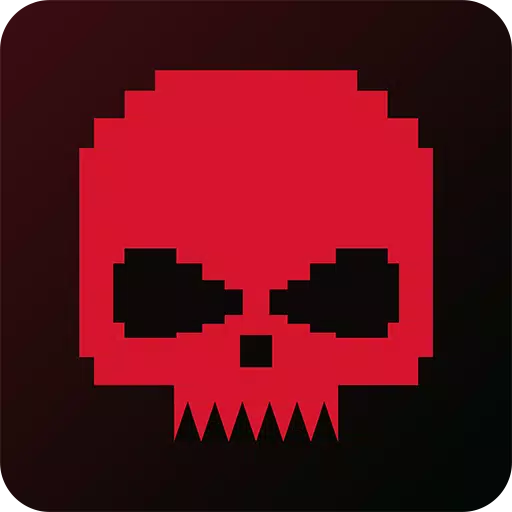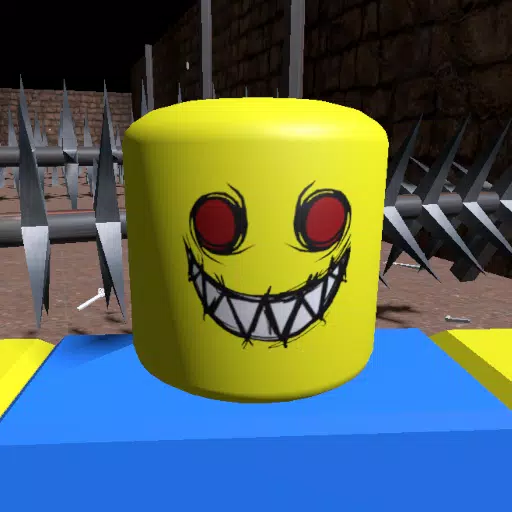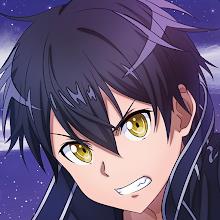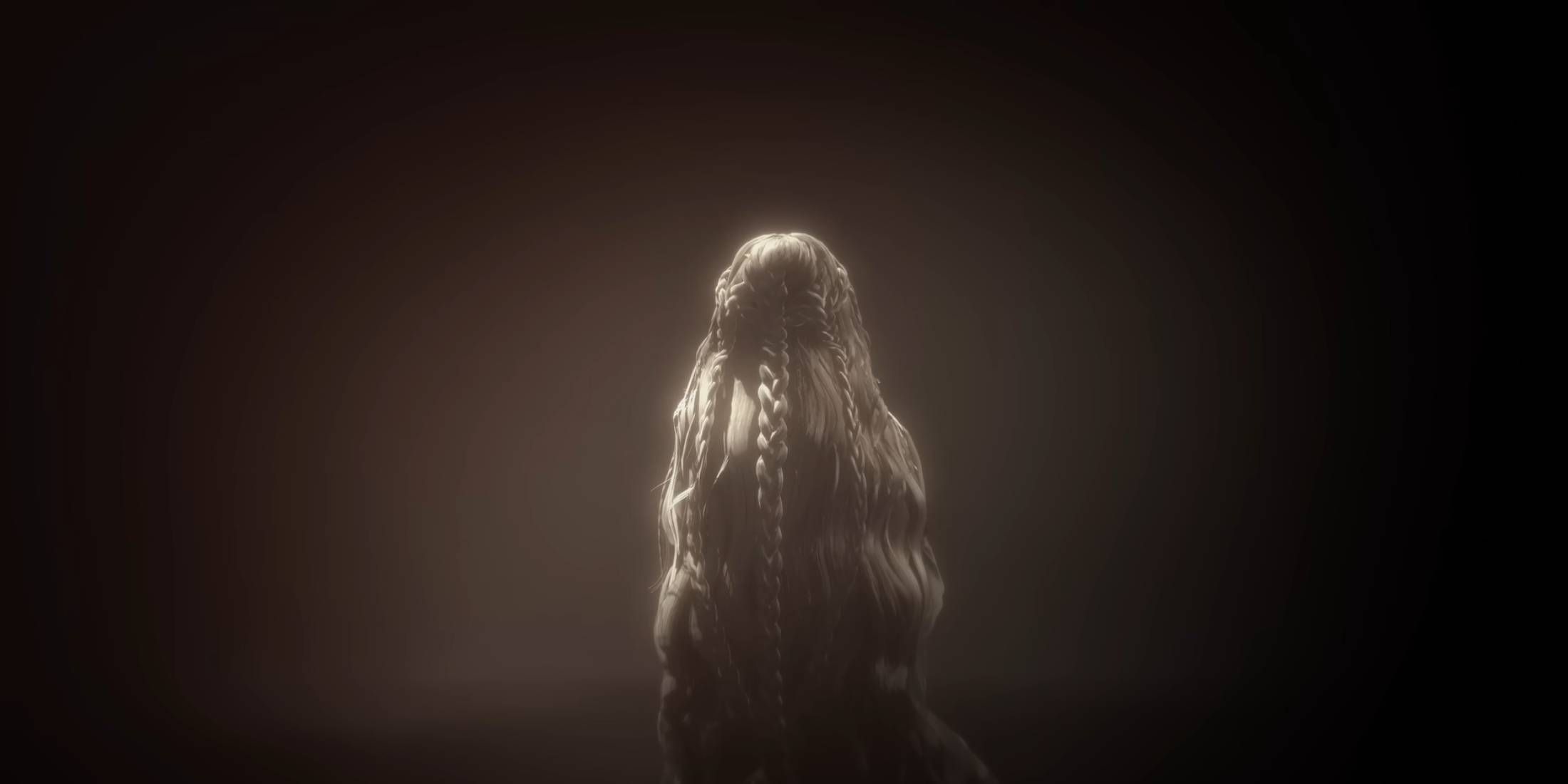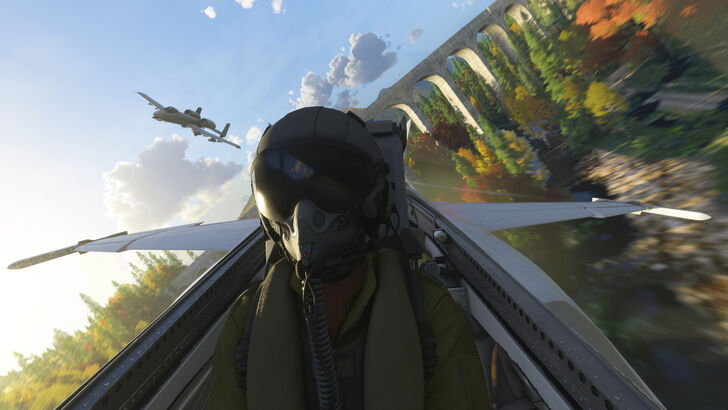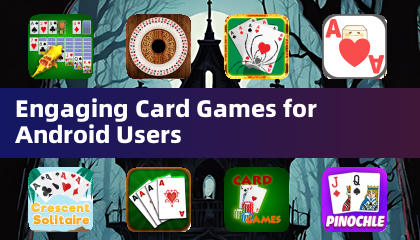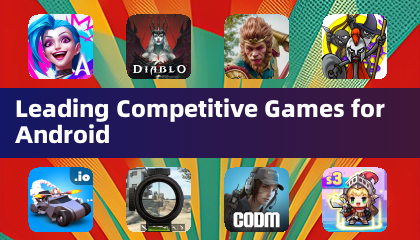Switch 2's Price: No Barrier to Success
At the start of April, Nintendo's highly-anticipated Switch 2 Direct presentation concluded on a note that left many fans uneasy. The showcase was packed with exciting new features and an impressive lineup of upcoming games, yet it conspicuously avoided mentioning the console's price. It wasn't long before fears of a significant price increase were confirmed. Nintendo later disclosed on the newly-launched Switch 2 website that the console would retail at $449, marking a $150 hike from the original Switch's launch price of $299. The revelation sparked a mix of frustration over the lack of transparency and concern about the impact on the console's market performance, especially with the announcement that the launch title, Mario Kart World, would be priced at $80.
Some Nintendo enthusiasts, still reeling from the disappointment of the Wii U era, quickly voiced pessimism, predicting that the elevated price of the Switch 2 would deter potential buyers and plunge the company back into obscurity. They questioned the wisdom of pricing a console, which they saw as essentially last-generation technology, at the same level as the PS5 and Xbox Series X. However, these concerns were soon alleviated when Bloomberg reported that the Switch 2 was projected to have the most successful launch in console history, with estimates of 6-8 million units sold. This would shatter the previous record of 4.5 million units, held by the PS4 and PS5. Despite the higher price point, demand for the Switch 2 was clearly strong, a trend consistent with historical console launches.
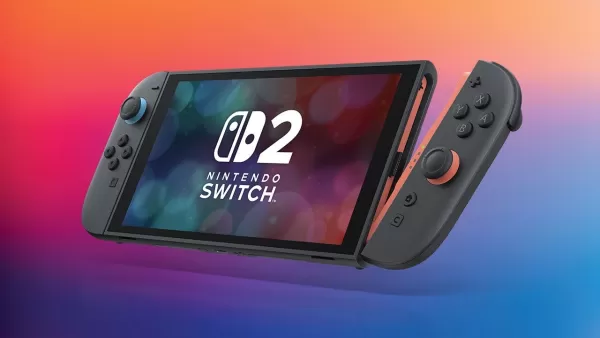
While the Switch 2 is not a budget-friendly option, its pricing aligns closely with that of its competitors. Looking at Nintendo's past, the reasons for the Switch 2's expected success become clearer. The Virtual Boy, launched 20 years ago, marked Nintendo's first and only venture into virtual reality. Despite the allure of VR, the technology of the time was not ready for the masses, and the Virtual Boy itself was far from cutting-edge. It required users to stoop over a table to peer into a viewport displaying games in a stark red color, and reports of headaches further marred its appeal. The Virtual Boy failed to meet the high expectations set by the concept of VR.
In contrast, the Switch 2 echoes the success of the Wii, which introduced motion control technology that was both innovative and reliable. The Wii's ability to change the way games were played broadened the gaming audience significantly, appealing to people of all ages. The enduring popularity of motion controls in Nintendo's consoles, vital for games like Pikmin and Metroid Prime, underscores the Wii's lasting impact.
The phenomenon of creating highly desirable consoles is not unique to Nintendo; consider the PlayStation 2's ability to play DVDs, which made it a household staple in the early 2000s. However, when Nintendo hits the mark, it does so spectacularly. The original Switch's seamless transition between handheld and console modes revolutionized gaming, blending the lines between portable and home consoles. While the Switch 2 may not be as groundbreaking, it addresses the original's primary criticism—its limited power—and continues to offer the hybrid gaming experience that fans love.
The Switch 2's pricing is in line with that of its competitors' flagship consoles. However, a successful console launch is not solely about hardware; it's also about the games. The Wii U's lackluster launch, led by New Super Mario Bros. U, failed to excite because it was too similar to previous entries. The Wii U also lacked that one must-have game that could drive sales, unlike the Wii with Wii Sports or the Switch with Zelda: Breath of the Wild. The Switch 2, on the other hand, not only benefits from an impressive existing library of games but also introduces new ways to experience them, through graphical enhancements and additional content. Mario Kart World, the Switch 2's launch title, reinvents the series with an open-world design reminiscent of Forza Horizon, offering a fresh experience distinct from Mario Kart 8 Deluxe. Furthermore, a month after the Switch 2's release, Nintendo plans to launch the first 3D Donkey Kong game since 1999, styled like Super Mario Odyssey, and in 2026, an exclusive FromSoft game that echoes Bloodborne. Nintendo has provided multiple compelling reasons for gamers to invest in the Switch 2.
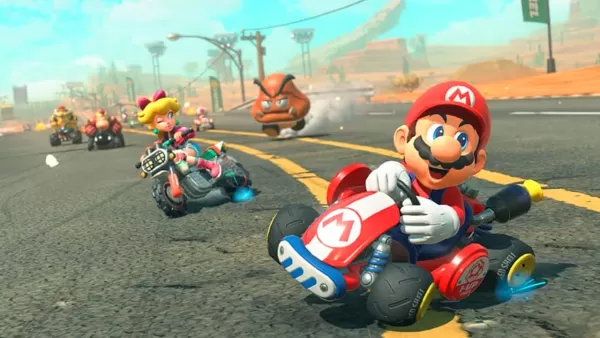
Price is always a key consideration for consumers, and the Switch 2, at $449, is certainly a luxury item, particularly in today's economic climate. However, its price matches that of the PS5 and Xbox Series X. While some might argue that the Switch 2's hardware justifies a lower price point closer to the Xbox Series S, it's important to consider the unique value Nintendo offers. The Switch 2's appeal is not solely based on performance but also on its innovative gameplay and extensive library of games.
A notable example of when high pricing negatively impacted sales is the PS3, which launched at $499 and $600 for its 20GB and 60GB models, respectively (equivalent to $790 and $950 today). In 2006, these prices were unprecedented and led many consumers to opt for the more affordable Xbox 360. In contrast, the Switch 2's pricing in 2025 is not out of the ordinary; it aligns with current industry standards.
Nintendo's unique position in the gaming industry stems from its ability to create games that set industry standards, and fans are willing to pay a premium for them. Yet, the Switch 2's price is not a premium but a reflection of the market norm. It may not match the PS5 in power, but it offers a package that gamers want, filled with desirable games. While there are limits to what consumers will pay, and rising game prices could eventually push against those limits, for now, Nintendo's pricing aligns with industry benchmarks. With over 75 million PS5 consoles sold, it's evident that these prices are within the acceptable range for many consumers.
